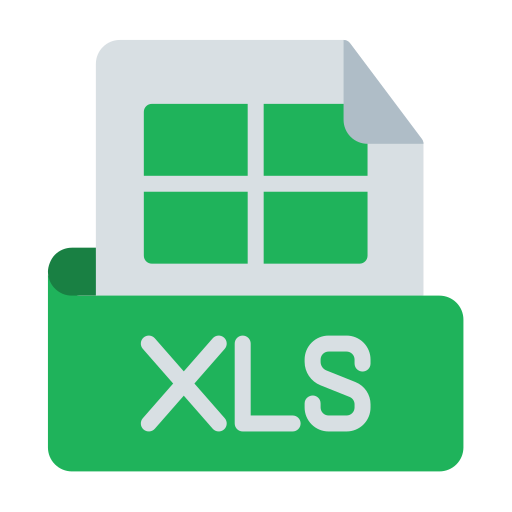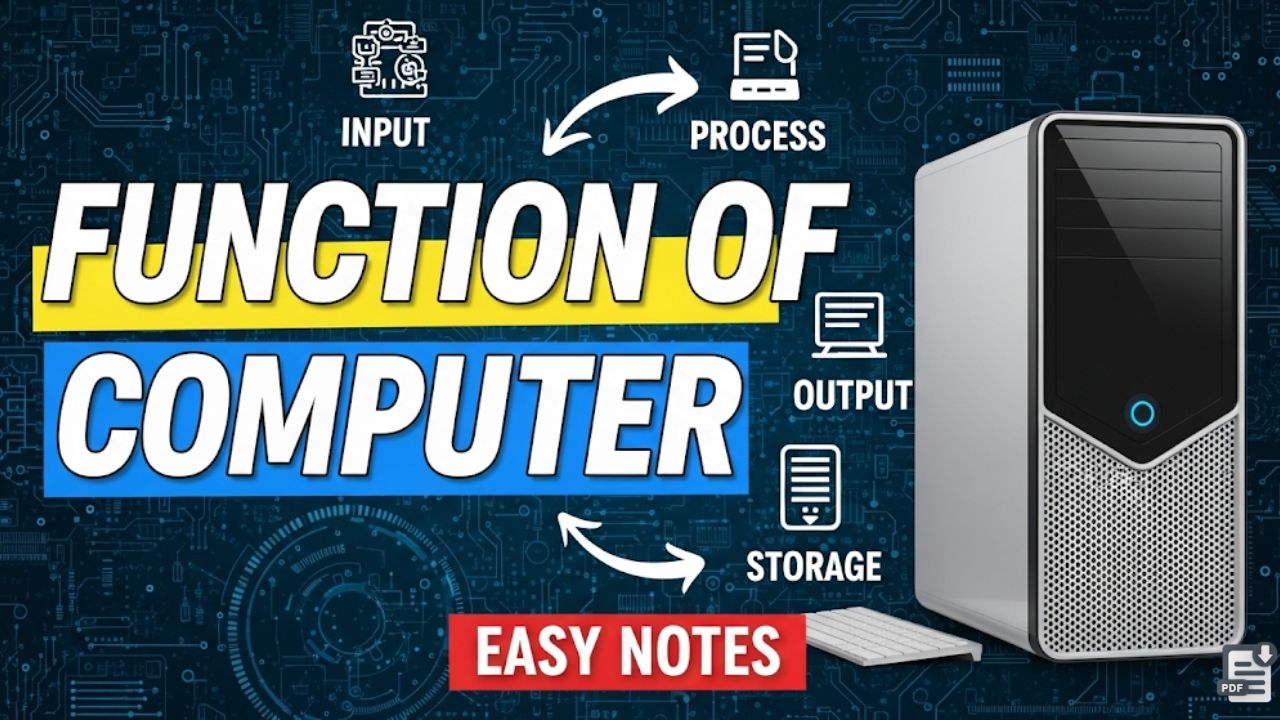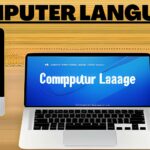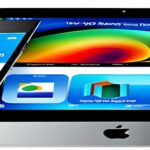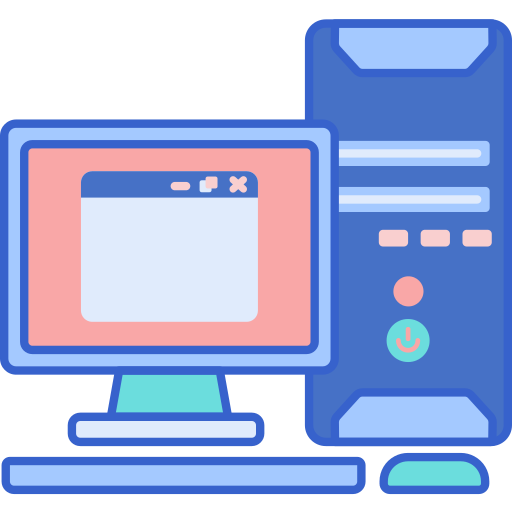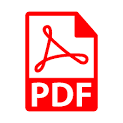
1. Input
- What it is: The process of a computer receiving data and instructions from the outside world.
- How it works: Users provide data and commands to the computer through various input devices.
- Examples of Input Devices:
- Keyboard: Used to type text, numbers, and symbols.
- Mouse: A pointing device to move the cursor and interact with on-screen elements.
- Microphone: Captures sound for voice commands, recordings, etc.
- Scanner: Converts physical documents or images into digital format.
- Webcam: Captures video for communication and conferencing.
- Touchscreen: Allows direct interaction by touching the screen with fingers.
2. Processing
- What it is: The computer’s “thinking” stage, where it performs operations on the input data based on instructions.
- How it works: The Central Processing Unit (CPU), often called the “brain” of the computer, carries out calculations, data manipulation, and decision-making. Other specialized processors like Graphics Processing Units (GPUs) handle specific tasks like graphics rendering.
- Key components involved:
- CPU (Central Processing Unit): Fetches instructions from memory, decodes them, executes operations, and stores results back to memory.
- RAM (Random Access Memory): Temporary storage that holds data the CPU needs to access quickly for ongoing tasks.
3. Output
- What it is: The process of presenting the processed results back to the user in a human-readable form.
- How it works: Output devices convert the computer’s digital results into something we can see, hear, or feel.
- Examples of Output Devices:
- Monitor: Displays text, images, and videos on a screen.
- Printer: Produces hard copies of documents and images.
- Speakers/Headphones: Convert digital audio data into sound.
- Projector: Projects computer content onto a larger surface.
4. Storage
- What it is: The function of saving data and instructions for future use.
- How it works: Computers use different types of storage for various purposes.
- Types of Storage:
- Temporary Storage (Memory/RAM): Holds data that the CPU is actively using. This data is lost when the computer is turned off.
- Permanent Storage (Hard Disk Drive – HDD, Solid State Drive – SSD): Retains data even when the computer is powered down, allowing for long-term saving of files, programs, and the operating system.
In simple terms, a computer essentially follows these steps:
- Takes data in (Input)
- Does something with that data (Processing)
- Shows you the results (Output)
- Saves data for later (Storage)



